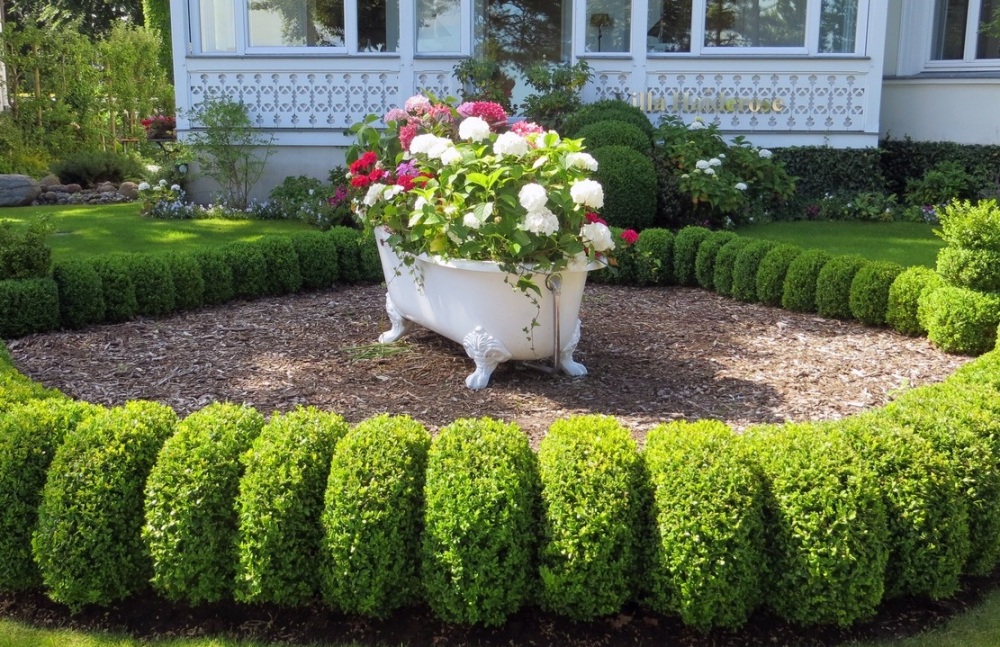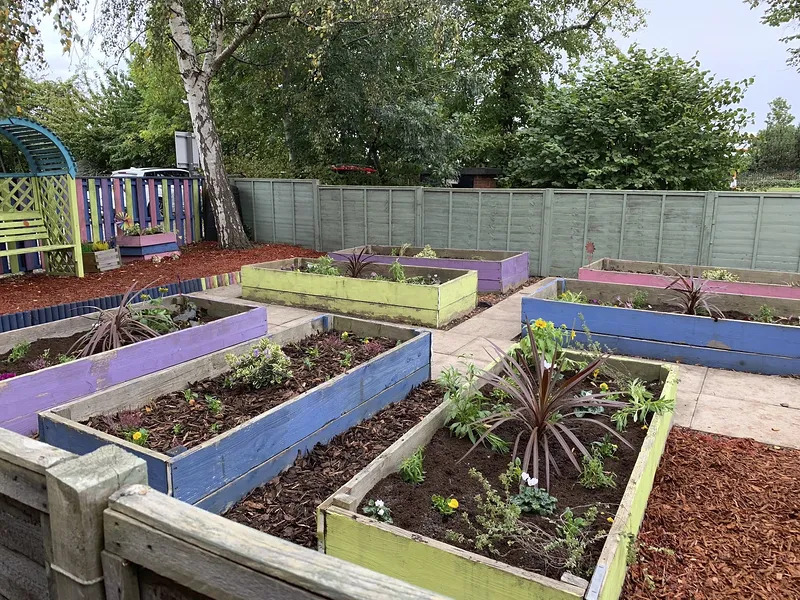
The goal of landscape construction is to create living artworks that are harmoniously integrated into the surrounding environment, not just exterior elements. There are countless ways to turn outdoor areas into havens of beauty and utility with landscape construction, from the serenity of a Zen garden to the exuberance of a lush backyard getaway. We’ll dive into the field of landscape construction in this extensive book, giving you a plethora of information and helpful pointers to get you started on the path of creating your own outdoor haven.
Comprehending Landscape Construction
Fundamentally, landscape construction involves reshaping the surrounding environment to achieve both functional and visual goals. It entails the thoughtful arrangement of softscape components like plants, trees, and flowers alongside hardscape components like walls, patios, and paths. The goal of landscape construction is to create unified and hospitable outdoor spaces that improve the quality of life for both homeowners and guests by balancing these elements.
Organizing Your Landscape Construction Project
Thorough planning is the first step towards any project’s success in landscape construction. In order to evaluate elements like soil conditions, drainage patterns, sunshine exposure, and existing plants, start by performing a complete site analysis. Establish your objectives, financial constraints, and schedule, and take into account any licenses or permits that could be required. A well-considered plan acts as a road map for the whole building process, directing choices and guaranteeing a seamless and effective completion.
Creating Your Own Landscape
Creating a landscape involves both science and art. Work together with an architect or landscape designer to transform your ideas into a well-thought-out plan that takes into account your tastes, lifestyle, and the special qualities of your location. In order to balance aesthetics with utility and sustainability, take into account variables like layout, focal points, circulation patterns, plant selection, and material choices. In addition to improving curb appeal, a well-planned landscape also produces warm outdoor areas that are conducive to mingling, leisure, and relaxation.
Executing Landscape Construction
Now that your plan has been decided upon, it’s time to dig in and get to work. Start by clearing the area and making any necessary grading and drainage adjustments. Next, install hardscape components with precision and attention to detail, such as patios, decks, pergolas, and water features. For specialist jobs like masonry, carpentry, irrigation, and lighting, coordinate with knowledgeable contractors or tradespeople. Softscape components, such as trees, shrubs, flowers, and ground covers, bring layers of texture, color, and seasonal interest to your landscape to finish the project.
Taking Care of Your Landscape
Over time, maintaining your landscape will help keep its beauty and vibrancy. Create a maintenance schedule that is particular to your landscape’s requirements and covers things like weeding, mulching, watering, fertilizing, trimming, and insect management. Keep an eye out for damage, sickness, or degeneration in your landscape on a regular basis. If you see any, take quick action to stop the situation from getting worse. You can guarantee that your landscape will continue to be robust, colorful, and healthy for many years to come by continuing to be proactive and watchful.
Conclusion
Embarking on a landscape construction project is an exciting opportunity to transform your outdoor space into a personalized oasis. By understanding the principles of landscape construction, carefully planning your project, and working with experienced professionals, you can create a landscape that reflects your unique style and enhances your quality of life. Whether you’re a seasoned gardener or a first-time homeowner, the journey of landscape construction is sure to be both rewarding and fulfilling.

FAQs
What is the average duration of a landscape construction project?
A landscape construction project’s length varies based on a number of variables, including the project’s size, complexity, and scope; additional elements include weather and permitting needs. While larger or more complex projects may take several months or even longer to complete, smaller-scale projects can be finished in a matter of weeks.
Does building a landscaping require a permit?
Permit requirements for landscape development vary based on the size of the project, the features being installed, and local laws. Permits are typically needed for projects that include major landscape modifications like grading, excavation, or building retaining walls or water features. It’s crucial to find out the precise standards for your area by contacting the planning or building department in your community.
How can my landscape construction project use sustainable practices?
It’s not only ecologically friendly but also cost- and resource-effective to include sustainable methods into your landscape development project. Think about choices like constructing drought-tolerant plants, utilizing water-efficient irrigation systems, employing locally sourced materials, and designing landscapes that serve the needs of nearby wildlife. To save water and lessen maintenance requirements, consider alternatives to conventional grass areas including rain gardens, permeable paving, and native plants.
Is it possible for me to do landscape construction on my own?
While do-it-yourselfers can attempt certain landscape construction chores, many jobs call for specific training, tools, and understanding. It’s critical to be realistic about your strengths and weaknesses and to think about hiring experts for jobs that are outside of your area of competence. Professional contractors will ultimately save you time, money, and possible issues since they have the resources, training, and experience to guarantee high-quality craftsmanship and compliance with construction codes and laws.
What aspects should I take into account when choosing plants for my landscape?
Think about things like sunshine exposure, soil type, climate, water requirements, and care preferences when choosing plants for your landscaping. Select plants that enhance the overall design appeal of your space and are appropriate for the site conditions. To promote biodiversity, add seasonal color, and generate visual interest, mix in a variety of trees, shrubs, perennials, and annuals. To make sure that your plants flourish and stay manageable over time, take into account additional criteria like mature size, growth rate, and propensity for invasive behavior.
